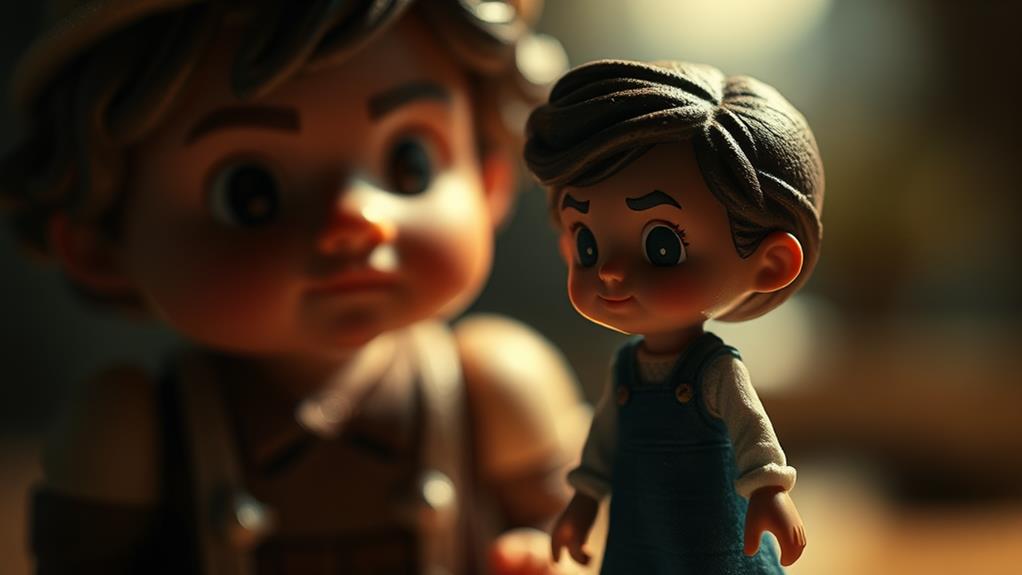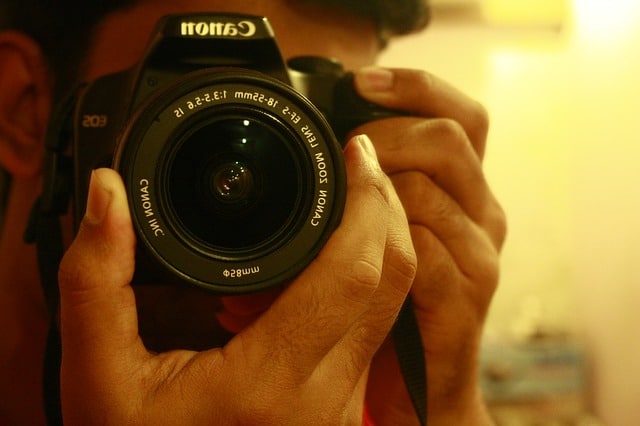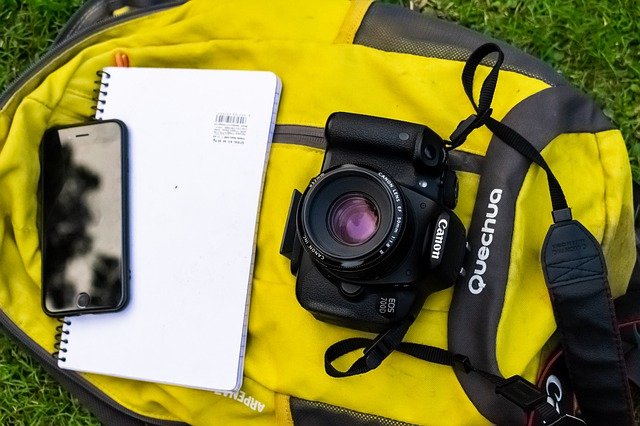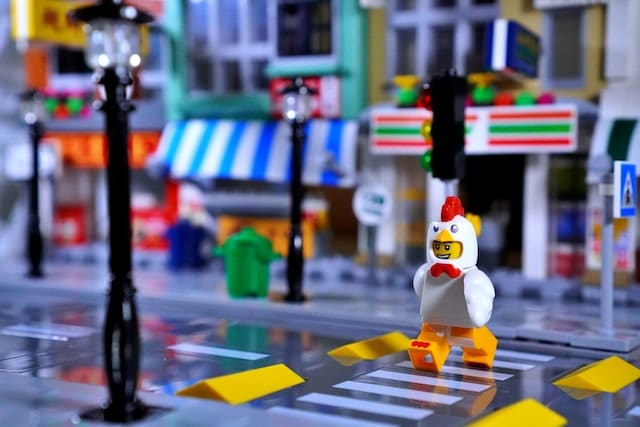To evoke emotion in figurine photos, focus on dynamic poses that suggest movement and character. Use evocative lighting; play with intensity, direction, and color to set the mood. Carefully select figurines with expressive features and pair them for added impact. Craft compelling backgrounds that enhance the theme and include props for depth. Experiment with perspectives—shooting from different angles changes the emotional tone. Master color psychology by choosing hues that align with the intended feelings. Capturing action, with techniques like motion blur, adds excitement. Exploring these strategies will reveal more about enhancing emotional storytelling in your photography.
Choosing the Right Figurines
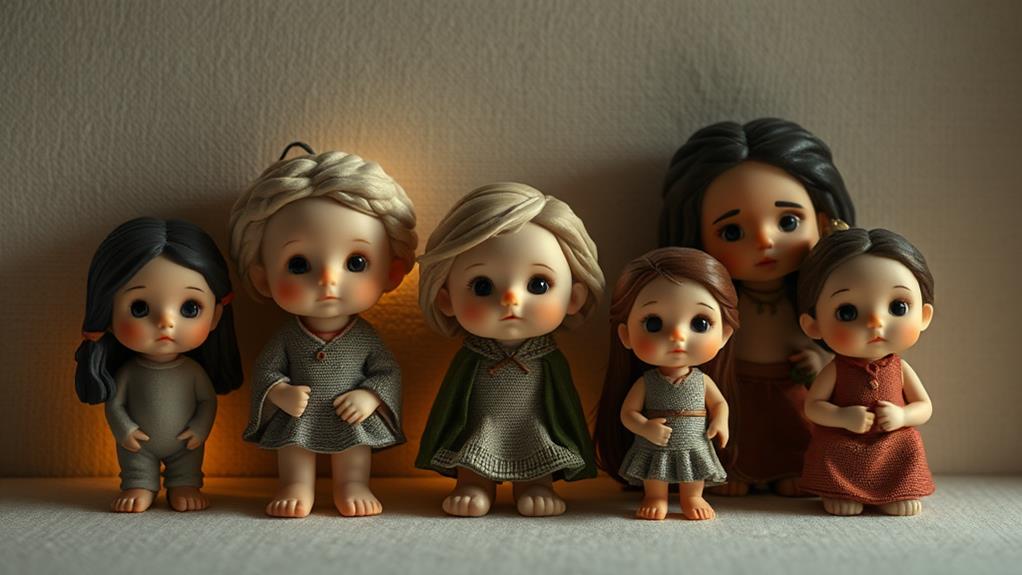
When it comes to choosing the right figurines for your photos, the selection process is essential in setting the emotional tone. Each figurine carries its own personality and story, so it's vital to think about what emotion or narrative you want to convey. Consider the expressions, poses, and even colors of the figurines. A cheerful character with a bright outfit can create a sense of joy, while a solemn figure with muted tones might evoke contemplation or sadness.
Think about the relationship between the figurines you choose. Pairing them can enhance the emotional impact. For instance, two figures looking at each other can suggest a connection or conflict, depending on their expressions. A solitary figurine might communicate loneliness or introspection.
It's also important to match the figurine's style with the emotion you're aiming for. Realistic figures may ground your image in reality, making emotions feel more relatable. In contrast, stylized or abstract figurines can evoke a sense of whimsy or surrealism. Don't forget to pay attention to scale and proportions, as these elements can influence the viewer's perception and emotional response. Your choices will guide the viewer's journey through the image.
Crafting a Compelling Background
Atmosphere plays an essential role in enhancing the emotional depth of your figurine photos. A well-crafted background can transport viewers into the scene, making them feel the story you're trying to tell. Start by considering the setting that complements your figurine's theme. For a medieval knight, a rustic, forested backdrop with hints of mist can evoke a sense of adventure and mystery. If your figurine is modern, a sleek, urban environment might amplify its narrative.
Textures and colors also greatly influence the mood. Soft, pastel backgrounds can convey a sense of calm and nostalgia, while bold, contrasting colors might evoke excitement or tension. You don't always need elaborate setups; sometimes, a minimalist approach with a single, striking element can create a powerful emotional impact.
Consider using props to add depth and context. Small items like books, miniature trees, or even fabric can enhance the scene without overwhelming it. Pay attention to scale to guarantee everything looks proportionate and believable. Finally, test different angles and perspectives to find the composition that best highlights both the background and figurine, creating a harmonious and emotive image.
Utilizing Lighting for Mood

Backgrounds set the stage, but lighting breathes life into your figurine photos, transforming a static image into a dynamic story. The right lighting can evoke emotions, highlight details, and create a mood that resonates with viewers. To harness the power of lighting, pay attention to its direction, intensity, and color.
- Direction: Use side lighting to emphasize texture and depth. It casts dramatic shadows that add mystery or intrigue to your figurine, while front lighting can flatten the subject, making it appear less dynamic.
- Intensity: Dim lighting can convey a sense of calm or melancholy, perfect for introspective scenes. Bright lighting, on the other hand, can evoke energy and excitement. Adjust the intensity to match the mood you want to portray.
- Color: The color of your light can considerably impact the emotional tone of your photo. Warm tones (yellows and reds) can evoke comfort and nostalgia, while cool tones (blues and greens) might suggest isolation or tranquility. Experiment with colored filters or gels to see what best captures the essence of your scene.
Playing With Perspective
Something as simple as changing your perspective can breathe new life into your figurine photos, turning an ordinary scene into an extraordinary view. By altering your angle, you can create a sense of depth and intrigue that draws viewers into the story you're telling. Try shooting from below to make your figurine appear larger-than-life, or capture it from above to emphasize vulnerability or introspection. This simple shift can dramatically change the mood and message of your photo.
Don't be afraid to get creative with your positioning. Experiment with unconventional angles that might not immediately come to mind. Tilt your camera slightly for a dynamic, off-kilter look, or shoot through objects like leaves or glass to add layers and a sense of mystery. Using reflections in water or mirrors can also add a surreal or dreamy quality to your shots.
Additionally, play with the background and foreground elements by incorporating objects that naturally frame your figurine. This not only adds context but also guides the viewer's eye to the main subject. By exploring various perspectives, you'll find new ways to express emotion and tell a compelling visual story with your figurine photography.
Creating Dynamic Poses
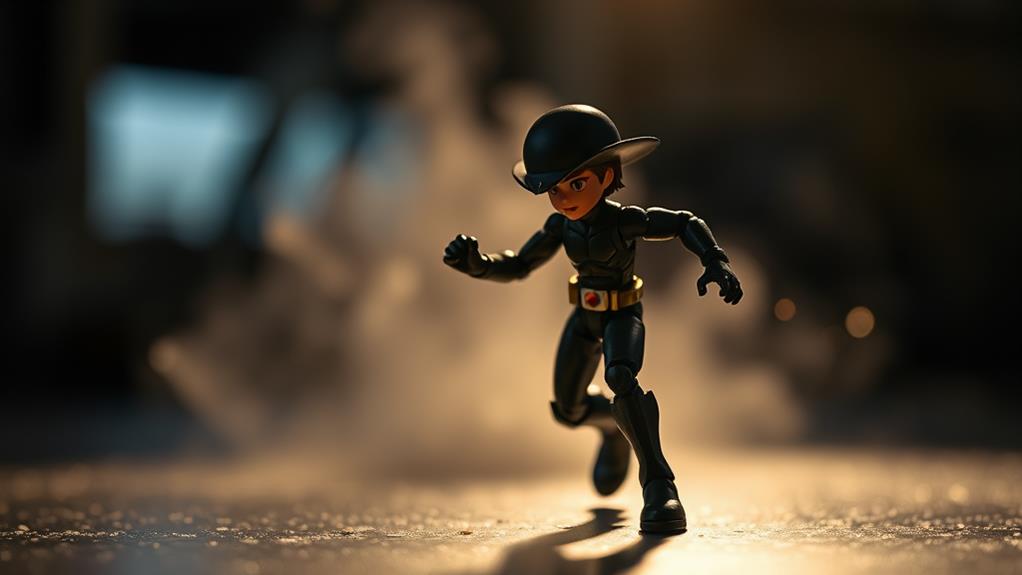
To bring your figurine photos to life, focus on creating dynamic poses that convey emotion and energy. By positioning your figurines in ways that suggest movement and express character, you can captivate your audience and tell a story through a single frame. Start by considering your figurine's personality and the scene you want to depict. Is it a heroic stance or a playful leap? Each choice impacts the mood and message of your photo.
Here are three tips to help you achieve compelling poses:
- Capture the Moment Before Action: Imagine a knight poised with a raised sword, ready to charge. This tension before action can evoke anticipation and excitement in your viewers.
- Use Angles to Enhance Movement: Tilt your figurine slightly forward or back to suggest motion. A superhero leaning into a punch or a dancer mid-twirl creates a sense of fluidity and momentum.
- Emphasize Natural Gestures: Position hands, arms, and legs to mimic real-life movements. A figure reaching out or leaning in to listen can express curiosity or connection.
Mastering Color Psychology
Mastering color psychology in your figurine photography can greatly enhance the emotional impact of your images. Colors aren't just visual elements; they evoke feelings and set moods. When you choose colors deliberately, you guide the viewer's emotional response. For instance, warm colors like reds, oranges, and yellows often evoke feelings of warmth and excitement. They can make your figurines appear lively and passionate. Meanwhile, cool colors such as blues and greens can create a calming or tranquil effect, perfect for evoking serenity or introspection.
Think about complementary colors too. They create a striking contrast, making your figurine the focal point of the image. A red figurine against a green background will pop, grabbing immediate attention. Furthermore, muted tones can convey subtlety and sophistication. They might suit a figurine that embodies elegance or mystery.
Pay attention to cultural associations with colors as well. In some cultures, white symbolizes purity, while in others it might signify mourning. Understanding these nuances lets you communicate more effectively with your audience. By consciously selecting the color palette for your shots, you can craft a narrative and evoke specific emotions, making your figurine photos truly memorable.
Adding Props for Depth

While color psychology sets the emotional tone in your figurine photography, incorporating props can add layers of depth and context to your images. Props can enhance storytelling by providing a backdrop that complements the figurine's narrative. They can transport the observer into a world where the figurine's emotions and actions become more relatable and vivid. By carefully selecting and placing props, you can create scenes that evoke specific feelings and atmospheres.
Here's how you can use props effectively:
- Scale and Proportion: Choose props that match the scale of your figurines. A tiny chair for a small character or a towering tree for a larger one can create a sense of realism and immersion.
- Thematic Consistency: Match props to the character's story. A wizard figurine surrounded by spell books and potions can tell a magical story, while a knight with a shield and sword evokes bravery and adventure.
- Layered Backgrounds: Use multiple layers of props to add depth. A foreground of flowers, a midground of the figurine, and a background of distant mountains can create a fascinating three-dimensional scene.
Incorporating props thoughtfully can transform your figurine photography into an emotionally engaging narrative.
Capturing Action and Movement
Bringing your figurines to life in photos isn't just about static poses—capturing action and movement can infuse your images with energy and excitement. When you focus on dynamic shots, you're creating a narrative that feels alive. Start by considering the pose. A figurine in a mid-leap or wielding a weapon naturally suggests motion. Use wire or clear stands to support them if needed, and then remove these in post-processing.
Lighting plays a critical role in conveying movement. Directional lighting can cast dramatic shadows, suggesting speed and momentum. Experiment with light sources to highlight specific angles and create the illusion of motion.
You can also use your camera settings to enhance the sense of action. A slower shutter speed can blur parts of the image, adding a sense of motion. Alternatively, a fast shutter speed can capture a crisp, fleeting moment.
Don't forget the background. Choose one that complements the action, like a blurred street scene for a running figurine, which enhances realism. By integrating these techniques, you'll transform static figures into dynamic characters, engaging your audience and eliciting emotional responses.
Frequently Asked Questions
How Can Post-Processing Enhance the Emotional Impact of Figurine Photos?
You can enhance the emotional impact of figurine photos through post-processing by adjusting contrasts, tweaking colors, and applying filters. These techniques emphasize mood, highlight details, and create a more immersive experience, drawing viewers into the scene.
What Role Does Storytelling Play in Evoking Emotion Through Figurine Photography?
Imagine a figurine in a dramatic scene; storytelling's your magic wand, creating depth and connection. It transforms static poses into narratives, making viewers feel. When your figurine tells a story, it invites emotion and captivates hearts.
How Do Different Camera Settings Influence the Mood of the Photo?
Adjust your camera settings like aperture, shutter speed, and ISO to change the mood. A wide aperture creates a dreamy background, while fast shutter speed captures action. Experiment with lighting to add drama or softness to your photo.
Can Music or Sound Influence the Perception of Emotion in Figurine Photos?
A picture's worth a thousand words, but music speaks volumes. When you pair evocative music with figurine photos, it enhances emotional perception. You'll find harmony between sound and image, creating a deeper, more immersive experience.
How Does the Choice of Location Impact the Emotional Tone of Figurine Photos?
Your choice of location sets the emotional tone in figurine photos. A serene garden creates calmness, while an urban backdrop brings energy. By selecting environments, you guide viewers' emotions, making them connect deeply with the scene.
At a Glance
When photographing figurines, remember that lighting plays an essential role in setting the mood. In fact, a study found that 62% of viewers felt more emotionally connected to images with warm lighting. So, don't overlook how light can transform your scene. By choosing the right figurines, backgrounds, and colors, and incorporating dynamic poses or props, you'll create photos that resonate emotionally. Keep experimenting with these techniques to bring your figurine photos to life.

